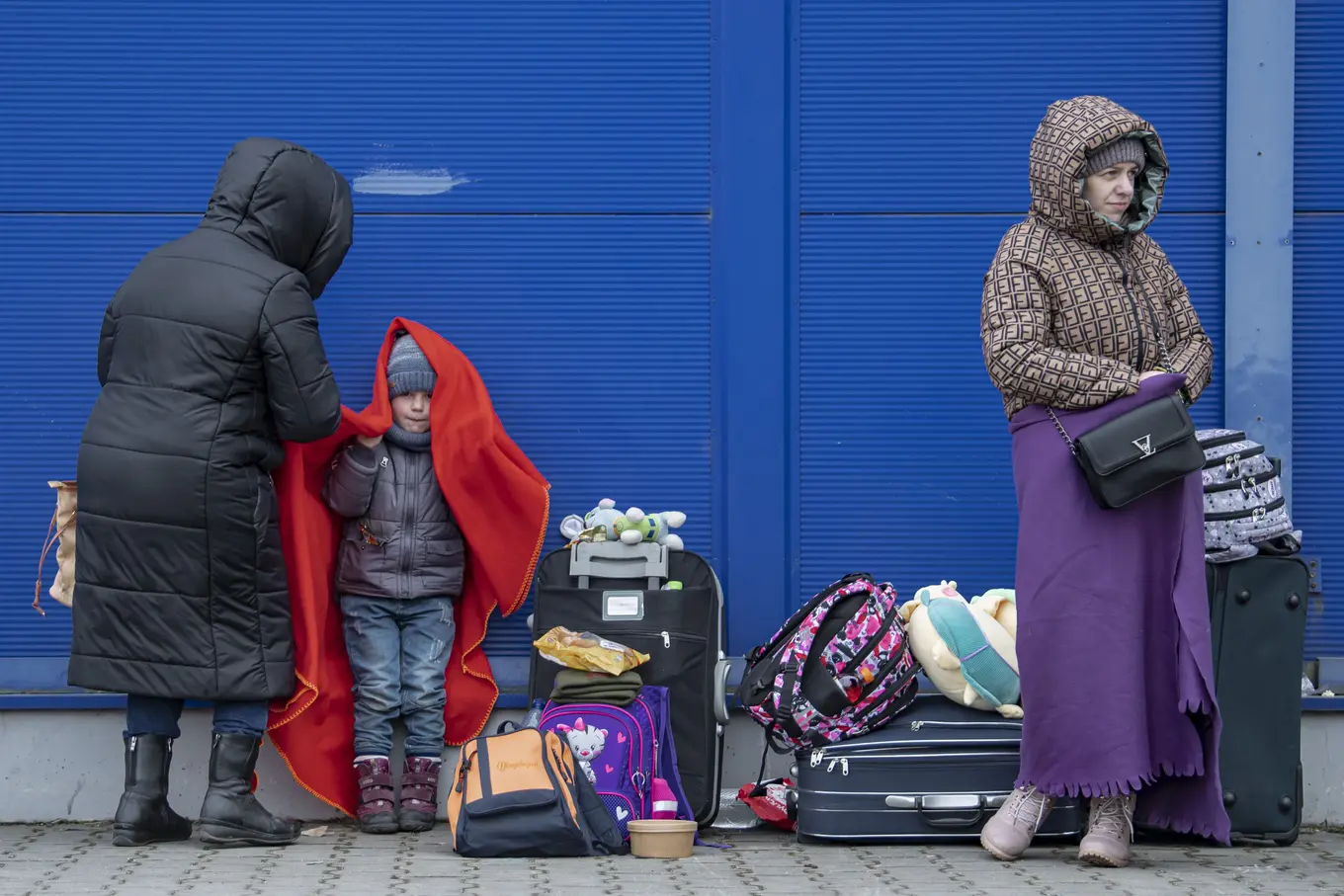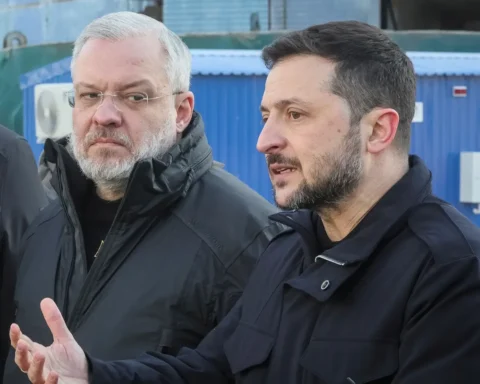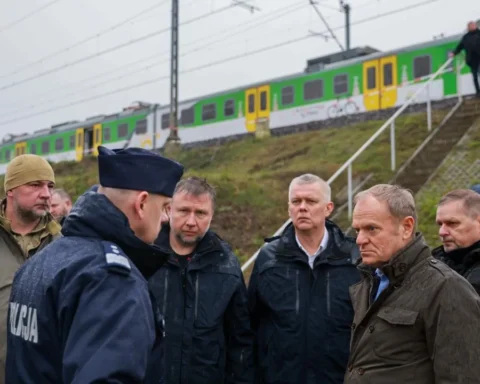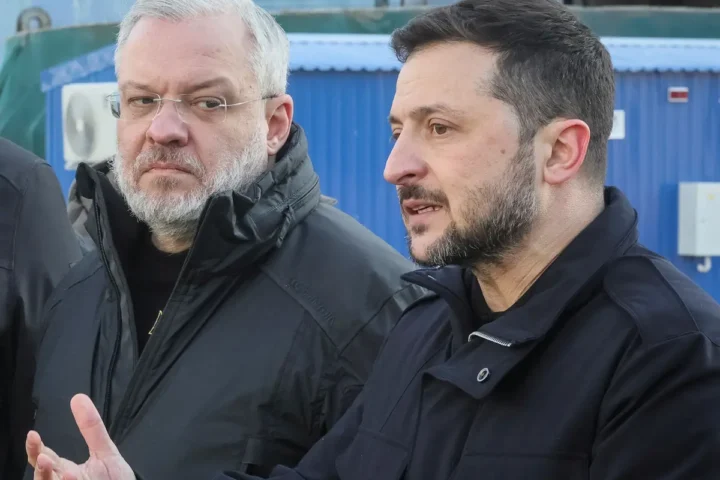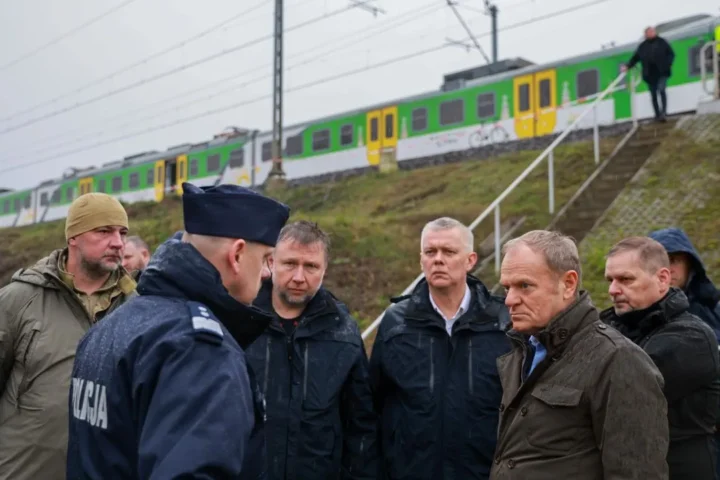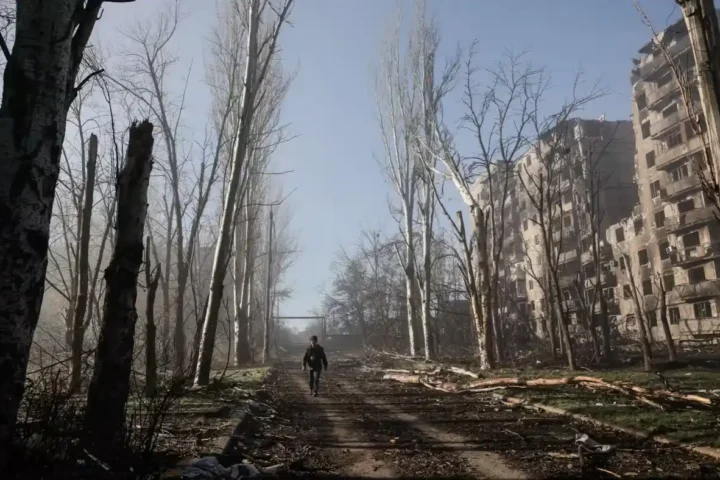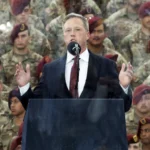Public and political support for Ukrainian refugees in Switzerland is visibly waning. Three and a half years after Russia launched its full-scale invasion, the Swiss federal government is considering restricting the special protection status “S”, which until now has been automatically granted to Ukrainians fleeing the war.
According to NZZ, a decision from the Federal Council (Bundesrat) is expected soon and could be made before the government’s summer break. This issue is particularly sensitive: it concerns the fate of tens of thousands of people and Switzerland’s international reputation as a humane and supportive country.
Internal Pressure: Cantons Overwhelmed
In practice, Ukrainian refugees have become a serious challenge for cantonal and municipal authorities. As of May 2025, over 69,000 individuals with protection status S were living in Switzerland. In 2025 alone, around 3,300 new applications were submitted, while only 2,600 people returned to Ukraine. Most people with this status require housing and basic assistance — in addition to the needs of other asylum seekers.
Although the employment rate among Ukrainians is gradually rising, two-thirds still do not support themselves financially. This intensifies the pressure on local budgets and infrastructure and fuels political demands to reconsider the current approach.
SVP Calls for Complete Abolition of Protection Status
The Swiss People’s Party (SVP) has taken the strongest stance. This week, it submitted a motion to the National Council demanding the complete abolition of protection status S. As SVP faction leader Thomas Aeschi told Blick, a significant part of Ukraine is “no longer affected by hostilities” and can be considered “stabilized.” Therefore, those truly in need of protection should go through the regular asylum procedure.
This argument had already gained traction in Parliament last year. In 2024, both chambers adopted an initiative by SVP senator Esther Friedli from St. Gallen, proposing that Ukrainians not residing in regions under Russian occupation or active combat zones should no longer be granted protection. However, those who already received status S are excluded from the new rule.
But Where Are the “Safe” Regions?
Determining which parts of Ukraine are “safe” remains highly controversial. According to the Armed Conflict Location & Event Data Project (ACLED), even western Ukrainian regions have experienced drone and artillery attacks. Since December 2024, when Parliament approved Friedli’s proposal, dozens of strikes have been recorded west of Kyiv.
The State Secretariat for Migration (SEM) has confirmed that the Federal Council will soon publish its criteria for distinguishing “safe” from “unsafe” areas. The final regular meeting before summer break is scheduled for this coming Wednesday.
Norway: A Model or an Exception?
Norway is frequently cited in the Swiss debate. In September 2024, Norwegian authorities designated six Ukrainian regions as safe, adding eight more in January 2025. Citizens from these 14 regions no longer automatically receive collective protection, instead having to apply for regular asylum.
However, those already in Norway retain their protection status automatically. Notably, despite its population of only 5.5 million, Norway still hosts more Ukrainians than Switzerland.
The comparison between Switzerland and Norway is complex. NZZ notes that Norway provides much more comprehensive support for Ukraine overall. In 2025 alone, Norway allocated the equivalent of 7 billion Swiss francs — nearly 1.5 times more than Switzerland’s total aid since the start of the war. Norway also supplies weapons, including six F-16 fighter jets. In contrast, Switzerland, citing its neutral status, has faced criticism for avoiding greater responsibility.
European Pressure and the Risk to Switzerland’s Image
European capitals have reacted to Switzerland’s stance with incomprehension and disapproval. According to NZZ, restricting status S could be interpreted as a lack of solidarity. Especially in light of the EU Commission’s recent decision to extend protection for Ukrainians until March 2027. EU Commissioner for Home Affairs Magnus Brunner emphasized that ending collective protection should be coordinated with Ukraine and all EU member states, once the situation stabilizes.
In autumn 2024, the Federal Council expressed a similar view, stating that Switzerland should act in coordination with international partners. Any decision deviating from the EU approach could provoke diplomatic tension.
Real Impact: Restrictions Won’t Solve the Core Problem
Even if Switzerland follows Norway’s path, there is little reason to expect major relief for the cantons. Ukrainians will still be able to submit individual asylum applications, even if the chances of success are slim. These so-called “bypass effects” might in the short term increase the strain on the federal asylum infrastructure.
Moreover, SEM data show that most Ukrainian refugees come from war-torn areas. For example, among the 30,000 applicants whose origin is already recorded, only 6,400 are from the 14 “safe” oblasts on Norway’s list. More than half of them are from the Kyiv region, which has recently been heavily bombarded again.
A Political Signal with Limited Practical Effect
In reality, the move to restrict protection status S is primarily a political signal, reflecting a shift in the national mood, rather than a real solution. According to NZZ, it will barely change the overall refugee situation. The key driver remains the course of the war. If Russia continues its offensive, Europe — including Switzerland — must prepare for a new wave of refugees.
Whatever the Federal Council decides, it must weigh internal pressures against Switzerland’s standing in Europe, so as not to risk being seen as uncooperative or indifferent to those fleeing war.
This article was prepared based on materials published by Neue Zürcher Zeitung. The author does not claim authorship of the original text but presents their interpretation of the content for informational purposes.
The original article can be found at the following link: Neue Zürcher Zeitung
All rights to the original text belong to Neue Zürcher Zeitung.


